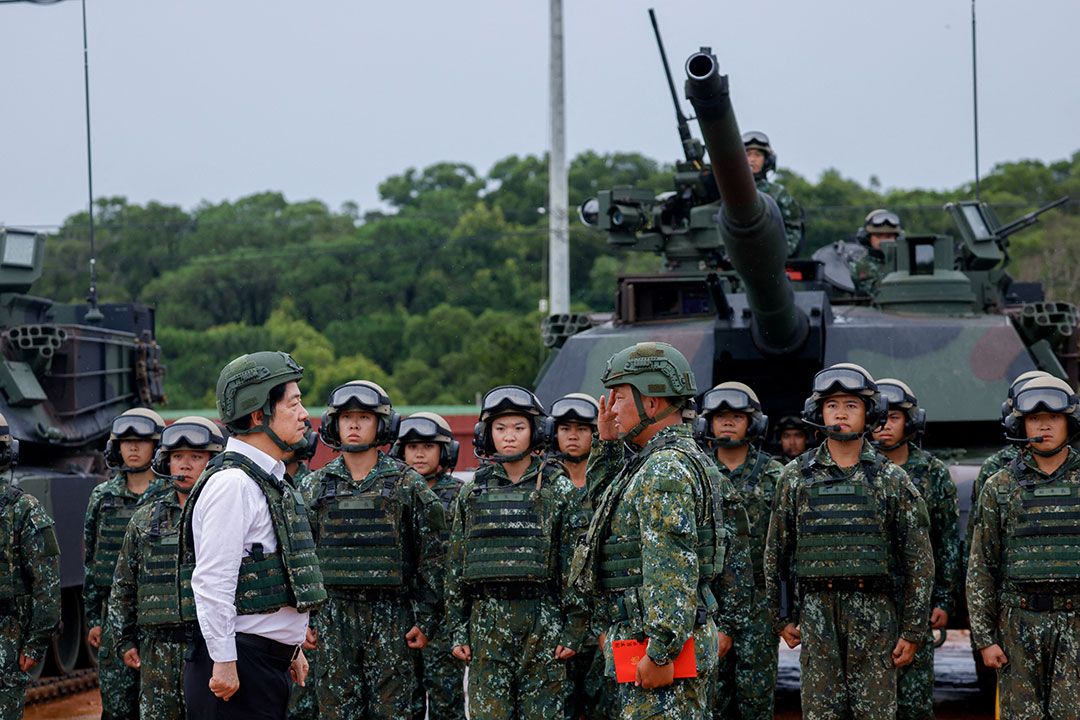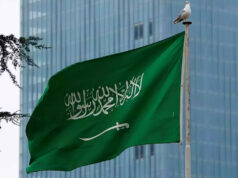
TAIPEI — Taiwan plans to boost defense spending by a fifth next year, surpassing 3% of gross domestic product (GDP), as it invests billions more in new equipment to better face down China and convince the United States it takes seriously calls to bolster its military.
The move comes as China, which views democratically governed Taiwan as its own territory, has ramped up military and political pressure over the past five years to assert its claims, which Taipei strongly rejects.
But Taiwan also faces calls from Washington to spend more on its own defense, mirroring pressure from the United States on Europe. This month, President Lai Ching-te said he wanted to boost defence spending to more than 3% of GDP next year.
Taiwan Premier Cho Jung-tai told reporters that 2026 defense spending would reach T$949.5 billion ($31.27 billion). At 3.32% of GDP, the figure crosses a threshold of 3% for the first time since 2009, government figures showed.
“This is another concrete demonstration to the world and to our people of our determination and ability to safeguard national sovereignty and security, maintain stability and security in the Indo-Pacific region, and fulfil our shared responsibilities to the world,” Mr. Cho said on Thursday.
Taiwan was following the “NATO model” to include spending on the coast guard and veterans in total defense expenditure, he added.
That represents a rise of 22.9% over this year, Hsieh Chi-hsien, head of the defense ministry’s comptroller bureau, told reporters.
The plans included several special defense budget proposals totaling T$117.6 billion, for new fighter jets and boosting naval defenses among others, which had been widely expected from the defense ministry in the coming parliament session this year.
Taiwan was including spending for the coast guard in its total defense budget for the first time, two senior officials briefed on the matter separately told Reuters, speaking on condition of anonymity.
“They are standing on the frontline,” said one, referring to the coast guard, which figures in regular stand-offs with China’s coast guard and would, in time of war, be pressed into the navy’s effort to defend Taiwan.
“Facing new types of threat, including gray-zone tactics, it is necessary to include the coast guard in defense spending,” the official said, referring to Chinese pressure tactics such as regular coast guard patrols near Taiwan’s islands.
Taiwan’s government has made military modernization a key policy platform and has repeatedly pledged to spend more on its defenses given the rising threat from China, including developing made-in-Taiwan submarines.
China’s air force flies almost daily missions into the skies near Taiwan, and holds periodic war games, the last in April.
China is also rapidly modernizing its armed forces, with new aircraft carriers, stealth fighter jets and missiles.
In March China unveiled a rise of 7.2% in this year’s defense spending, to 1.78 trillion yuan ($248.17 billion), outpacing its 2025 economic growth target of about 5%. — Reuters



